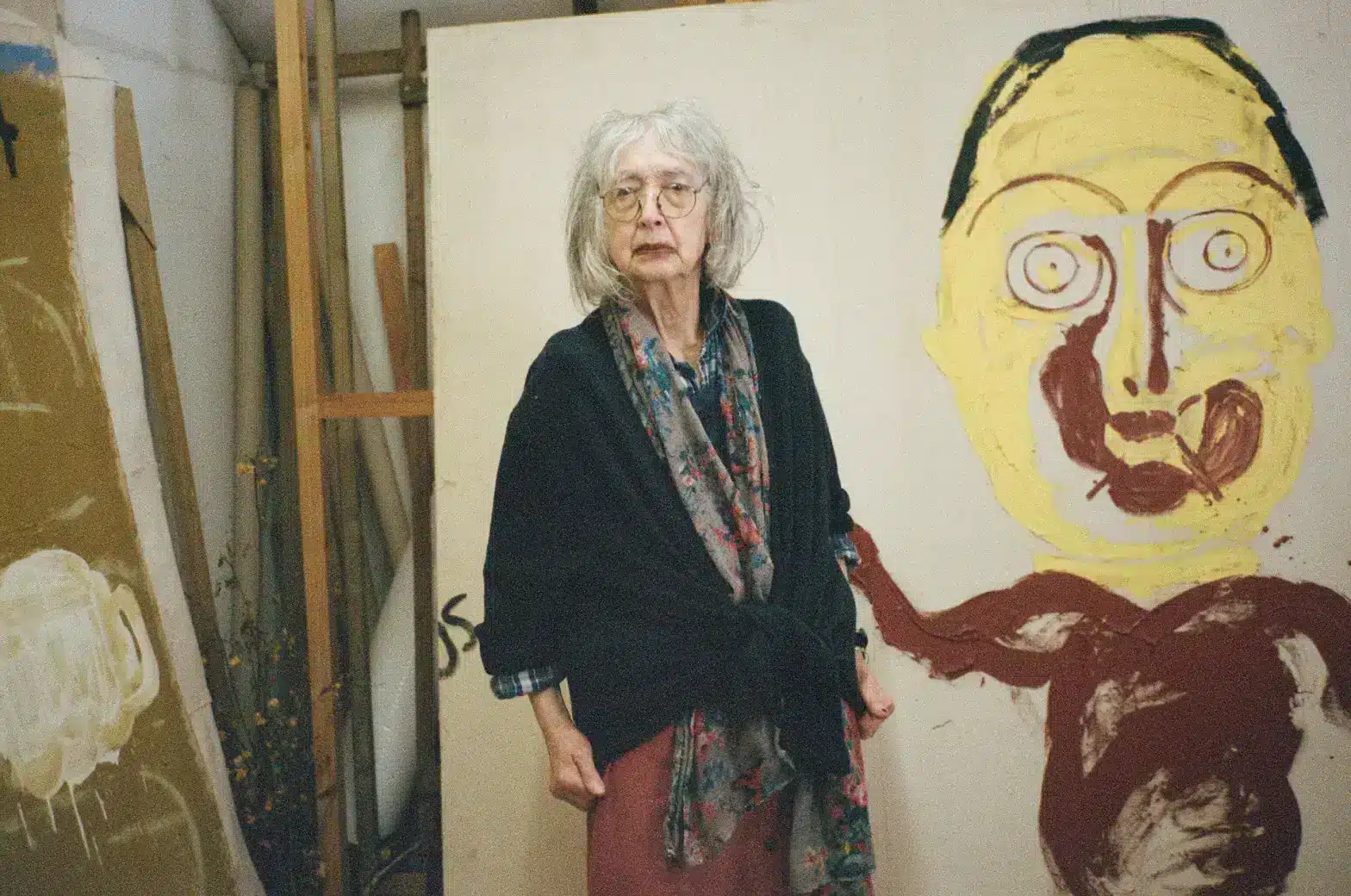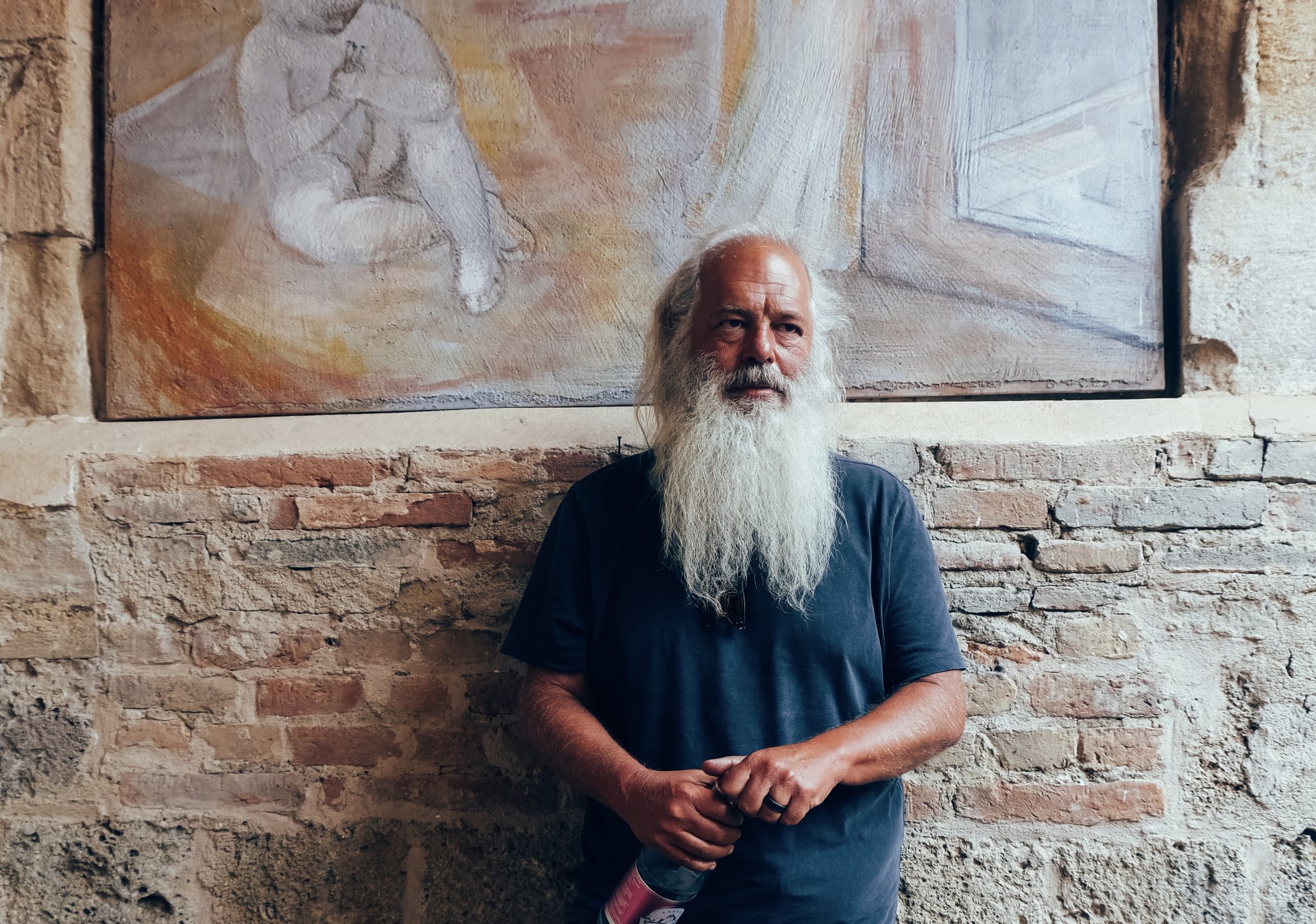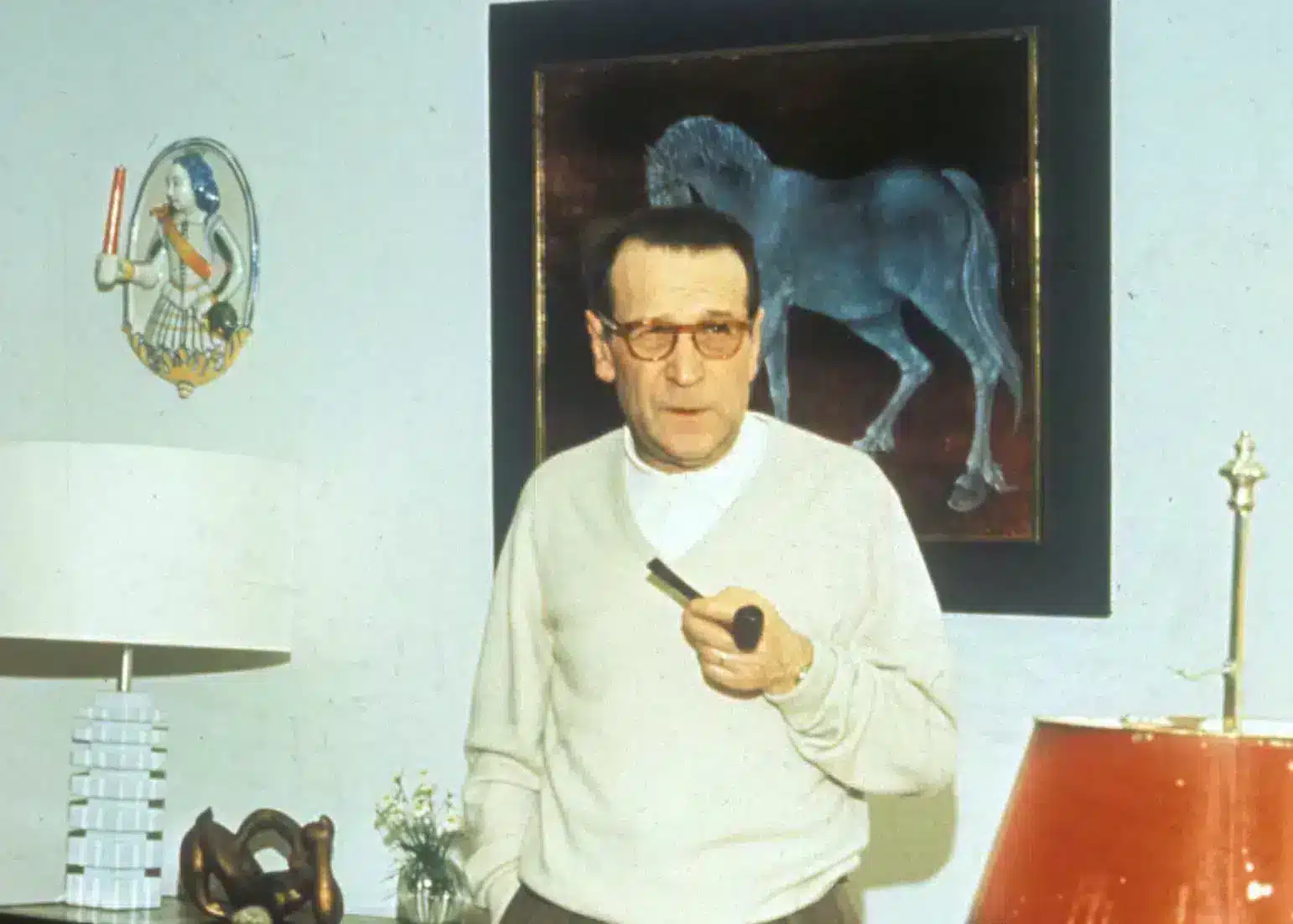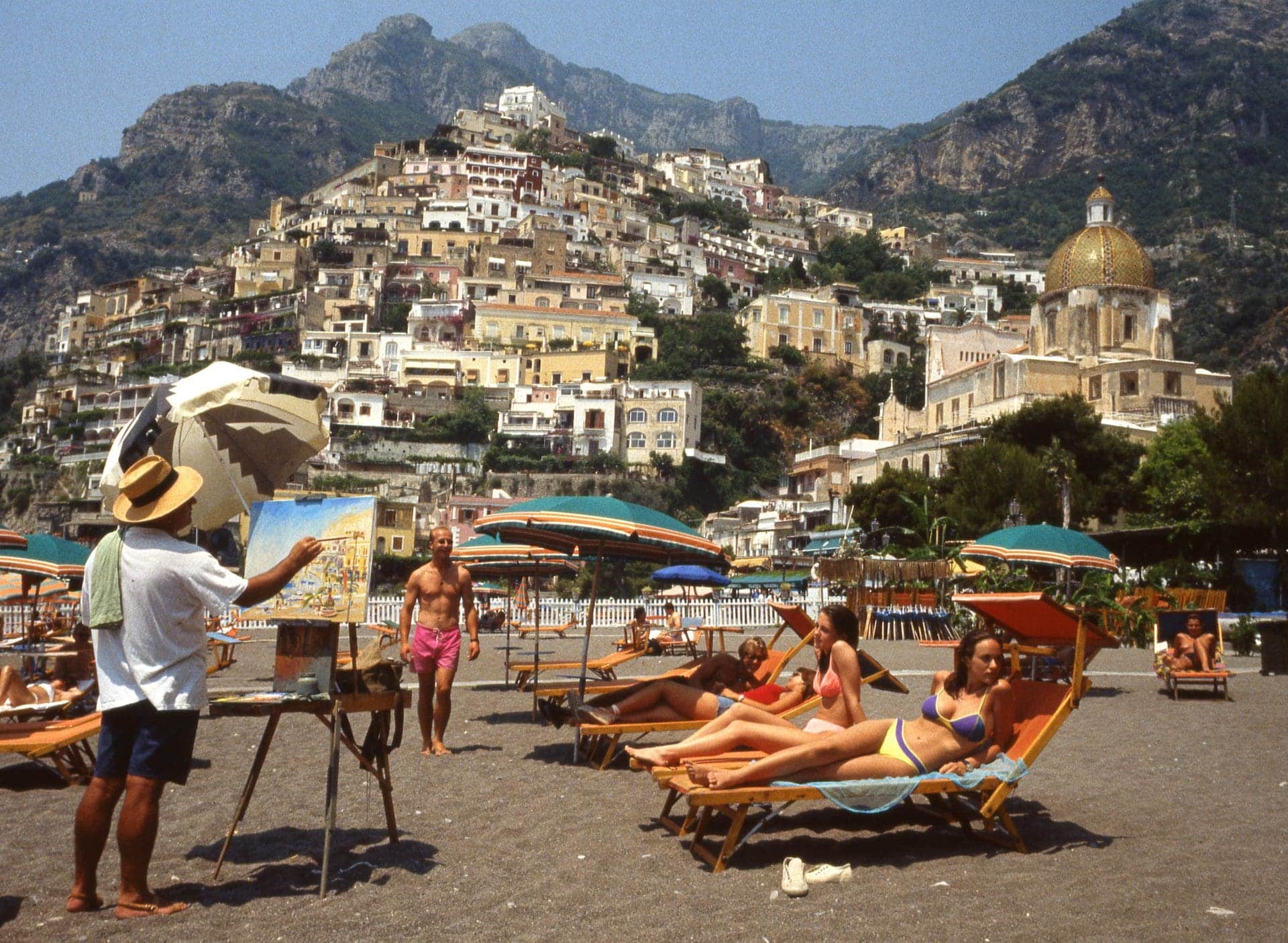
Somerset Maugham (and I’m sorry about this) once described the French Riviera of the Thirties as a “sunny place for shady people.” You know that, of course, because everyone on earth knows that, and because there’s never been a single piece about the Côte d’Azur in the history of lifestyle journalism that didn’t include that quote, rather smugly, in its opening paragraph. (And I can say that because I’ve written about a thousand of them.) But what is the equivalent epithet for the Amalfi Coast at its pomp—those heady days, somewhere between the beginning of the fifties and the end of the sixties, when a string of simple fishing villages became the backdrop for stardom and intrigue? A steep place for shallow people? A humble place for haughty people? Perhaps Jackie Kennedy got it right when she described the Amalfi Coast as simply the home of “the best ice creams in the world.” Sweet, bright, moreish, indulgent. Where does the gelato end and the town begin?
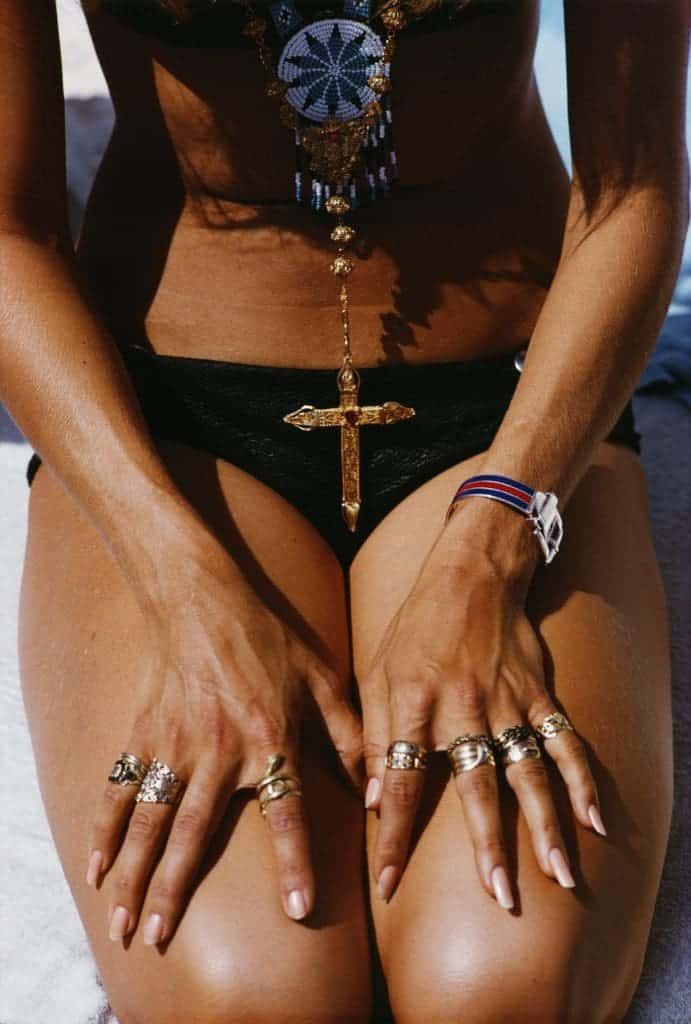
Certainly, Kennedy was said to enjoy after-dinner delights of a different sort when she fled to Ravello as America’s First Lady in 1962—often on the arm of Gianni Agnelli, Fiat heir and irrepressible playboy. They’d head to nightclubs in Atrani (no photos allowed) or to the succession of pale private villas that hovered implausibly over the cliff-edges like cosmic pastries, and spent so much time together away from Jackie’s children that John F Kennedy, then the Leader of the Free World, sent an immortal telegram to his wife: “More Caroline; less Gianni.” There were plenty of other names to entertain her, at least. By the early sixties, the switchback roads along the coastline ran thick with gesticulating directors on Vespas, or head-scarved movie starlets in tiny convertibles. Franco Zeffirelli had kicked off the party years before, when, in 1947, he bumped into the Duchess of Villarosa, who was about to sell Villa Treville, which still perches like a white dove above the tiny cove at Arienzo. Zeffirelli convinced two American pals to buy the place, and soon, like errant homing pigeons, the rest of transatlantic society followed—Leonard Bernstein, Richard Burton, Elizabeth Taylor, Glenn Close, Gregory Peck, Laurence Olivier, Anthony Burgess, Tennessee Williams, Maria Callas, Paolo Pasilini. One night, Zeffirelli made an off-hand remark to priapic ballet dancer Rudolf Nureyev, who became so enraged that he lobbed a chair at his host and smashed a cabinet full of crockery—before allegedly stopping to leave an unpleasant surprise on the villa’s doorstep on the way out. Nureyev, once described by François Truffaut as a “man-animal” who claimed often to have been “descended from wolves”, soon bought Li Galli island—a hulking private rock still visible, when the morning mists clear, from Positano—which became the base for his various debaucheries and rages. (Local taxi drivers like to remind you that the name translates to “the cocks”).
Away from the calming blue waters and all that virginal white linen, the Amalfi Coast was a riot of gossip and sex. Roberto Rossellini shot several scenes from Paisà and Il Miracolo in the area, both starring his lover Anna Magnani. One day, dining at Hostaria di Bacco in Furore, Magnani inadvertently intercepted a loved-up telegram intended for Rossellini from Ingrid Bergman—confirming a suspected affair and causing the mother-of-all-bust-ups in the humble family restaurant. Patricia Highsmith, author of the psyco-sexual The Talented Mr Ripley, which is set on the Amalfi Coast, once told an interviewer how the island of Capri, shimmering off the mainland, was “all about sex and danger. The real eros of the place comes from the constant danger of Vesuvius blowing up,” she said, “or the possibility of falling off a cliff after too much wine at lunch. Or being found strangled in your bed after some waiter you picked up has had his way with you!”
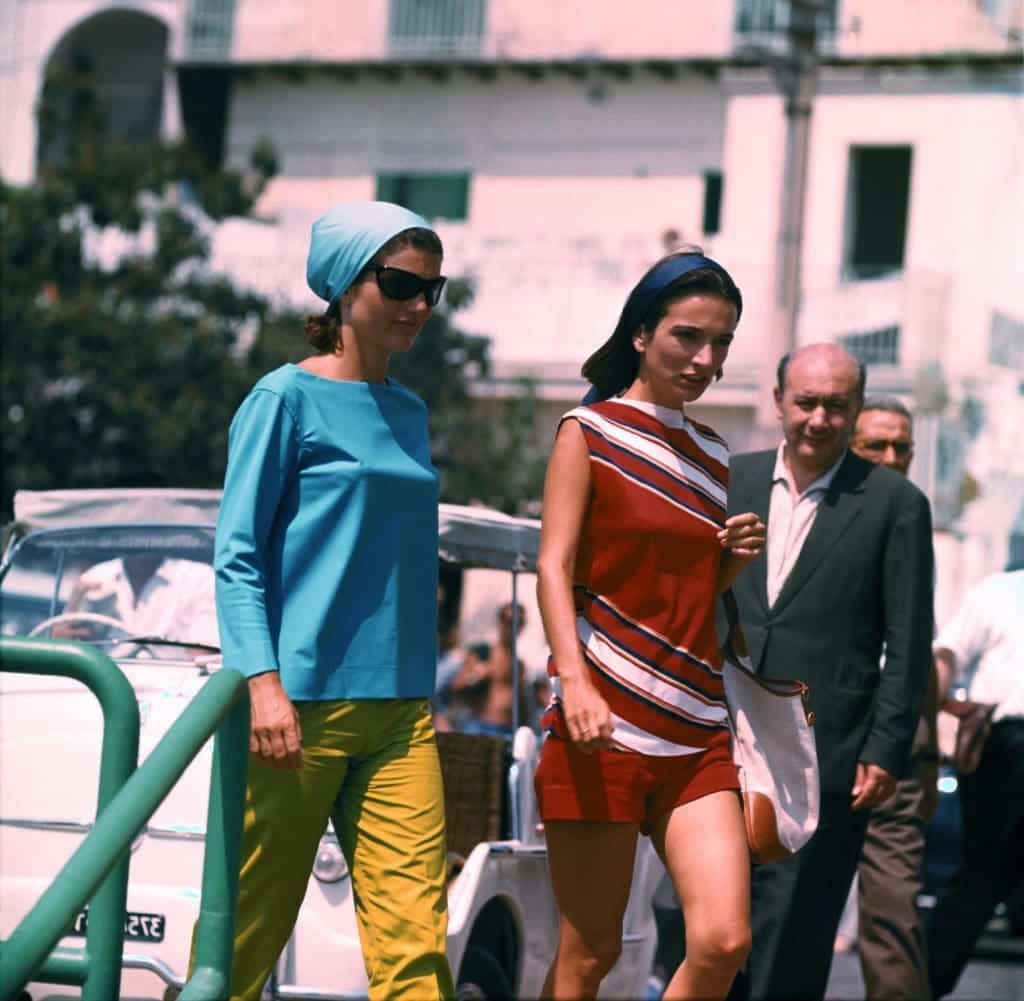
Sophia Loren, the girl who ascended from the rubble of Naples to become an international star, draped herself liberally along the coast line throughout the sixties, and held frothy bacchanals at her cliffside house on the spit at Conca dei Marini, near Praiano. Gore Vidal, meanwhile, was known for the colourful salons he held at La Rondinaia, a staggered cliffside villa reachable only by foot along the shaded pathways from Ravello. The name translates to “swallow’s nest”, and Vidal once described it as “a wonderful place from which to observe the end of the world.” Most of the time, however, it was a heck of a spot simply to entertain and to be entertained—and Vidal, like some Dracula of letters, enjoyed inviting ex-pat Americans and unwitting saps into his broiling mountain perch. The actor Alan Cumming remembers how, on a trip there in 2001, “Gore had greeted us in a shaft of moonlight at the door of the villa, ice cubes clinking in the whisky glass he held aloft”—before the night descended into a fog of catty drunkenness and rehearsed put-downs.
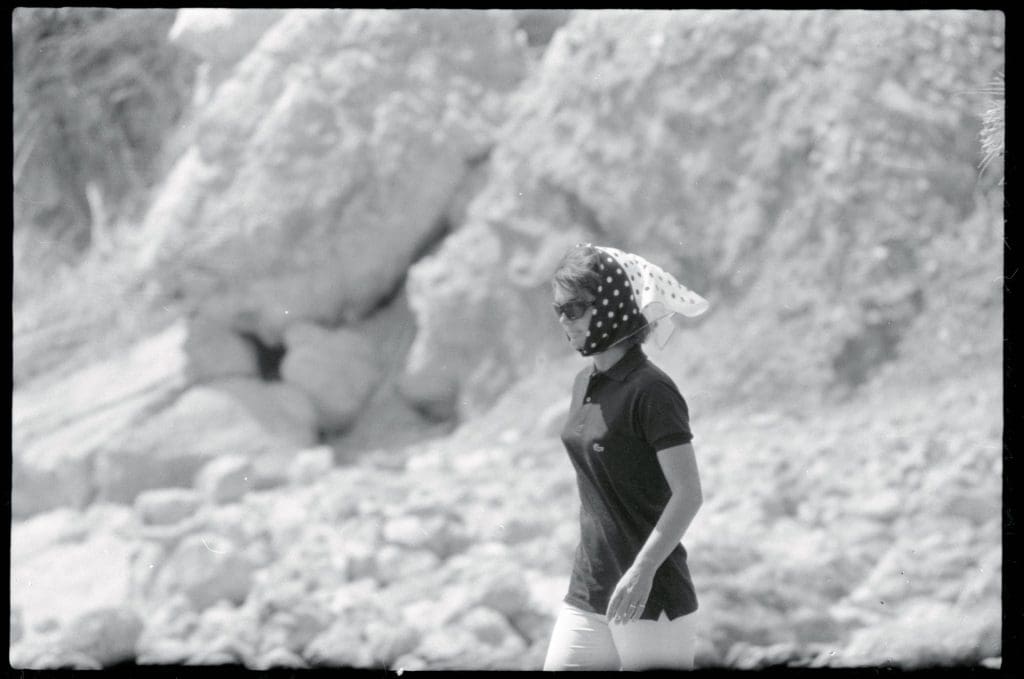
Vidal—who was christened, somewhat ironically, the “Pope of Ravello” by Christopher Hitchens—received a long-line of stars to La Rondinaia: Princess Margaret (or ‘P.M’, as he called her), Mick Jagger, Greta Garbo, Bruce Springsteen, Paul Newman, Sting, Lauren Bacall, and Johnny Carson, his favourite. Bar Klingsor, in the piazza at Ravello, still boasts hundreds of photos of the boldface hangers-on who have dropped by before an evening at Vidal’s. (Vidal, known to the locals as “maestro” was famously—and dangerously—allowed to fix his own drinks here.)Now, La Rondinaia exists as a shiny, sanitised event venue and luxury boutique hotel—which is to say: it’s gone the way of so many other former gems of the Amalfi Coast and beyond. The artists come first, then the stars, then the money-men, then the tourists. And then: the end. But: “Life flows by, and you flow with it or you don’t,” as Vidal told a reporter when he sold the house to hotelier Vincenzo Palumbo in 2004. “Move on and move out.” It is a poignant refrain down here, in a place that would be utterly unrecognisable to the fishermen of the twenties. Last summer, on a vertiginous road near Arienzo, our antique taxi driver said that, just last week, he’d had one “Kendall Jeenah” in his cab. He didn’t know who she was, but he knew that she wasn’t for him. “Nearly always when you find a place as beautiful as Positano, your impulse is to conceal it,” John Steinbeck wrote in 1953, when visiting on assignment for Harper’s Bazaar. (He also said it was a “dream-like place that isn’t quite real”—a good description of the movie-set uncanniness of its perfect vistas). The word had already gotten out long before Steinbeck pretended he’d discovered it, though: during the war, in fact, when American soldiers were allowed to recuperate in the little southern villages which the Nazis never reached. (The locals blew up the mountain bridges rather than let them in.) And then, once it was all over, the GIs returned to show their wives and sweethearts the idyll they had known among the horror. In that way, the Amalfi Coast has always had the sense of collided worlds and unlikely meetings: trawlermen and auteurs; Agnellis and Kennedys; squaddies and nonnas; ballet dancers and brutes; queens and queens. This was its charm, and its charm was its combustibility—the blink-and-you’ll-miss-it specialness of its heyday. Not quite sun and shade, like Maugham spied in France. But light and heat, perhaps, which tend to burn out quicker.
